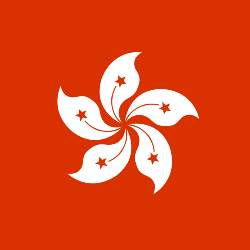How the ‘New Right’ in Latin America differs from other emerging far-right movements
Following the end of the progressive wave of the 2000s and 2010s in Latin America, the right has reinvented itself and regained political space.
There is the self-styled libertarianism of Javier Milei in Argentina, the protests against leftist president Gustavo Petro in Colombia and the increasingly authoritarian government of Nayib Bukele in El Salvador.
There’s also a plethora of influencers and media personalities that vociferously defend conservative positions in the region.
“New Right” candidates are running in municipal elections in Chile and general elections in Uruguay in October.
Research defines the New Right as “a diverse set of individuals and organizations aiming to maintain societal hierarchies that are perceived as traditional or natural.”
Whereas the traditional right often showed no interest in democracy and was more concerned with economic issues and fighting communism, the new right uses the tools of democracy to obtain power and govern, and focuses more on cultural issues.
Chief among these issues is the control of sexuality and gender, which differentiates the new Latin American right from its western counterparts, which are prioritizing the issue of migration.
Read more: Why the ideology of the 'New Right' is so dangerous
Researchers have observed the........© The Conversation





















 Toi Staff
Toi Staff Gideon Levy
Gideon Levy Andrew Mitrovica
Andrew Mitrovica Tarik Cyril Amar
Tarik Cyril Amar David Hutt
David Hutt Neve Gordon
Neve Gordon Patrick Gathara
Patrick Gathara Moncef Khane
Moncef Khane Dr Ramzy Baroud
Dr Ramzy Baroud Rami G Khouri
Rami G Khouri Sabine Kinkartz
Sabine Kinkartz Brad Glosserman
Brad Glosserman Ghada Ageel
Ghada Ageel Brahma Chellaney
Brahma Chellaney Steve Wenick
Steve Wenick Ayala Weinberg
Ayala Weinberg Stefano Lusa
Stefano Lusa
